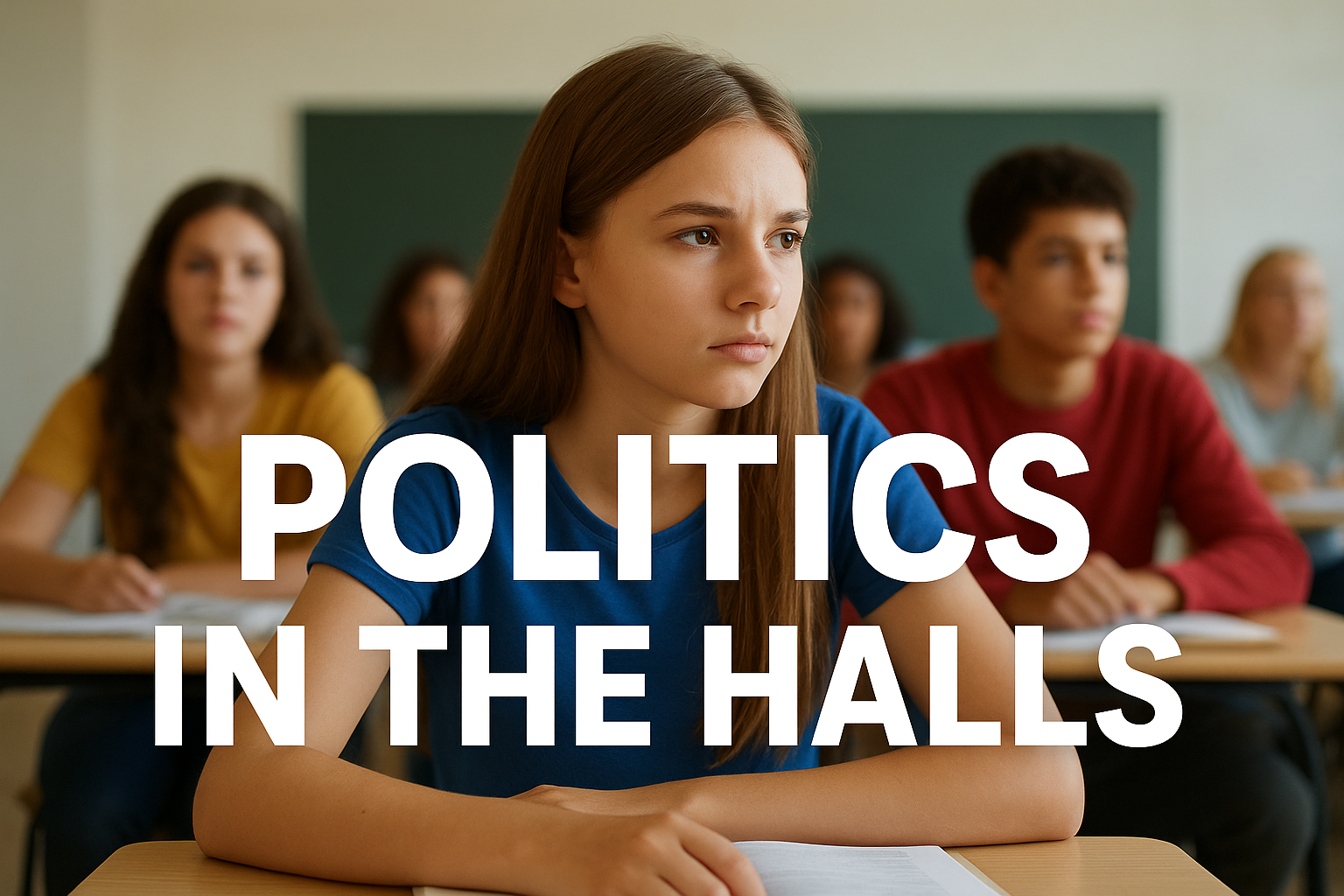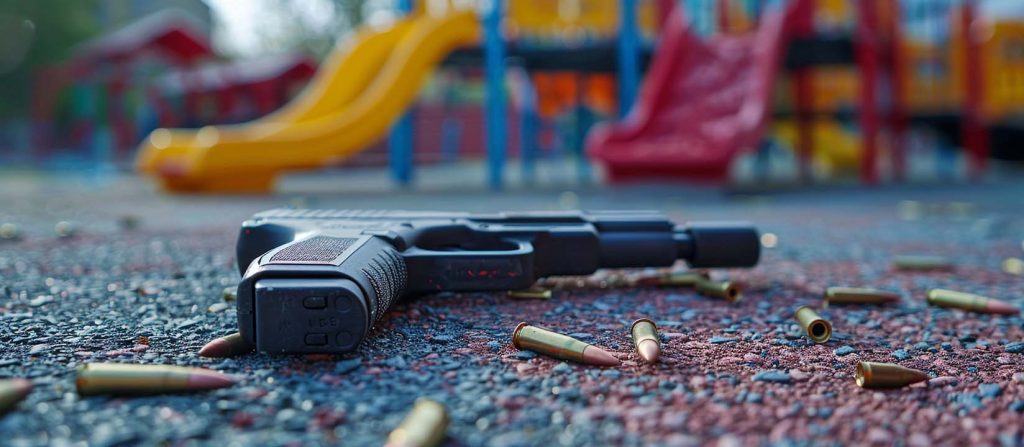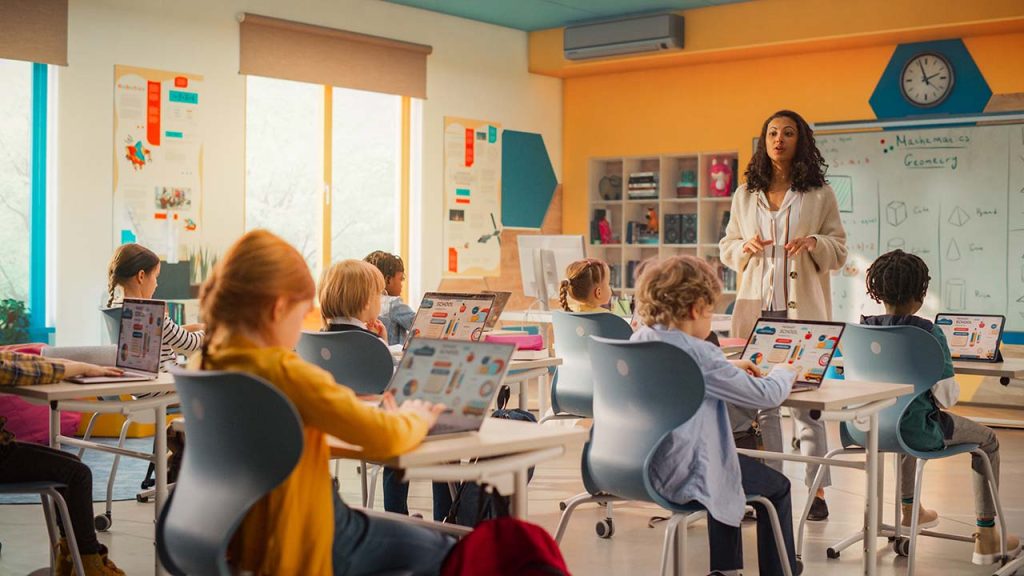
23 Zones of Regulation Activities To Help Kids Manage Their Emotions
Learning to identify and regulate emotions is a big job, especially for little kids. These skills are essential for students to master in order to be successful in school and in life. Fortunately there are plenty of Zones of Regulation activities and games to help teach them how to manage their emotions.
What are the Zones of Regulation?
Zones of Regulation, a curriculum developed by Leah Kuypers, an OT and autism resource specialist, helps kids understand and learn to manage their emotions. Rooted in cognitive behavioral therapy, it is a framework that uses four colors—blue, green, yellow, and red—to help students identify their feelings and levels of alertness. The curriculum also provides strategies to support emotional regulation. Teaching students how to read their bodies’ signals, detect triggers, read social context, and consider how their behaviors impact those around them leads to improved emotional control, sensory regulation, self-awareness, and problem-solving skills.
To learn more about the Zones of Regulation, check out this unit by The Calming Corner, these resources from He’s Extraordinary, and this slideshow from the Montana CEC.
What is emotional regulation?
According to Psychology Today, emotional regulation is the ability to control your emotions and not let them drive your actions. For students, starting with emotional regulation is truly starting at the beginning of SEL skills. Before kids can listen, have empathy, or follow directions, they have to be able to manage their emotions.
Emotional regulation means being able to identify feelings, respond without overreacting, and manage changes in the environment. In addition, emotional regulation means controlling impulses, being able to calm down, and handling emotions in a healthy way. To learn more, check out What Is Emotional Regulation?
The 4 Zones of Regulation and What They Mean
The Zones of Regulation provides an easy way to think and talk about how we feel on the inside and sorts emotions, all of which are expected in life, into four colored zones.
- The Blue Zone represents sad, bored, tired, or sick.
- The Red Zone represents overjoyed, panicked, angry, or terrified.
- The Yellow Zone is worried, frustrated, silly, or excited.
- The Green Zone is happy, focused, proud, and calm.
Zones of Regulation Activities
To help you integrate this helpful information into your classroom, here are 23 engaging Zones of Regulation activities to support the emotional growth of your students.
1. Identify feelings by giving them a color
Being able to recognize emotions is important. This color wheel will help kids start to identify their emotions by associating them with different colors. Once they have a grasp on what emotions feel like, students can begin to learn strategies to deal with them. Check out these Zones of Regulation activities that incorporate this emotion wheel.
2. Play a round of Monster Feelings Match-Up

Identifying and labeling feelings in oneself and others is a life skill that takes lots and lots of practice. One of kids’ favorite Zones of Regulation activities is Monster Feelings Match-Up. This fun game teaches kids how to identify their feelings and manage their emotions and also fosters their conversation skills.
3. Go on an emotions scavenger hunt

A super-fun activity to help students identify feelings by using emojis and their power of observation. Recently updated for at-home learners as well as whole-class Zoom lessons, check out the full lesson plan. Best for grades K–6.
4. Make cootie catchers

You know kids are going to make cootie catchers anyway, so why not make a version that helps kids review and understand the Zones of Regulation? Each color-coded corner teaches students the feelings and coping skills that go along with each zone. Best for grades 3 and up.
5. Play the Emotions Sorting Game

Linking Zones of Regulation activities to fun experiences helps kids make connections. For example, this simple Emotions Sorting Game inspired by Disney-Pixar’s Inside Out helps kids learn and explore emotions. The game is a printable download available from Mom Endeavors.
6. Make a calm-down sandwich

When students get angry or frustrated, they can use this coping strategy to help calm themselves down. Ask them to brainstorm six things that make them happy or feel calm inside. Then, have them write down their strategies on each piece of a calm-down sandwich.
7. Play Behavior Bingo

Distinguish between awesome actions (like showing respect and encouraging others) and bummer behavior (like using hurtful words or goofing off during work time) with this fun version of bingo. Five awesome actions in a row = BINGO! Great for small groups or the whole class, grades 1–4.
8. Practice impulse control with this version of Candy Land

Games are the best way for kids to learn without even realizing they’re learning! These custom-made cards go along with the standard version of Candy Land and help kids learn impulse-control skills. Best for grades K–3.
9. Make emotion-regulation spinners

This fun activity is a great addition to your calm-down corner. Students can pick strategies that work for them to get into the green zone and back on track. Best for grades K–5.
10. Play a round of What Zone Would I Be In if …?

This free activity includes 30 cards with hypothetical situations, plus a page for sorting the cards into the zones. Read the cards and let students decide which zone they feel they would be in if this happened to them. You can ask questions about why they feel that way to encourage discussion.
11. Teach the Zones of Regulation with this fun song
This catchy tune by the fun crew at BlackBerry Jam Kids teaches kids all about the different emotions in the Zones of Regulation and strategies to get back into the “green zone.”
12. Create a sensory break center in your classroom

Provide students with a safe place to take a break when they need to regulate their emotions. Include resources for strategies that will help them manage. For a free copy of the poster shown and tons of great ideas for what to include in the space, check out The Dynamic Duo. Best for grades K–8.
13. Stock your sensory break center with strategy cards

These awesome break cards tap into a favorite set of characters: Pokemon! Each card helps students identify which “zone” they are in and strategies for managing the emotions they are feeling. Available as a PowerPoint, Google Slideshow, and also a printable PDF. Includes four cards for each of the four zones.
Source: Social CJ
14. Empower students with these contingency maps

Throughout the school day, students make behavior choices (for better or worse). Use these picture maps to help students understand the consequences of making different choices. They are very effective because they illustrate the results of both desired and undesired behaviors in a concrete way. Best for students in K–5.
15. Role-play with task cards

Role-play is a great activity for helping students rehearse acceptable behaviors. These task cards help students build emotional self-control by rehearsing responses to different scenarios that may trigger strong emotions. Best for grades 4–7.
16. Build emotional toolboxes

What can students do to regulate their emotions when they veer away from the green zone? This toolbox of activities includes a handy flip-book that’s chock-full of ideas. Each tab covers a different zone and gives students strategies to regain control. Best for students in K–3.
17. Encourage self-regulation with these desk nameplates

Post these interactive nameplates on students’ desks to help them self-regulate their emotions and feelings by paying attention to what zone they are in. Throughout the day, students self-monitor their emotional state by sliding a paper clip along the zone boxes on the left. If students are in the yellow, blue, or red zone, they can use one of the strategies in their toolbox to help them get back to green. Each student’s toolbox will vary, depending on which strategies work best for them. Best for grades K–5.
18. Share resources with families

Meltdowns and emotional regulation impact the entire family. Share this blog with families to help them develop strategies with their kids at home. Full of helpful tips and valuable information, this is a great resource to help support calmer, happier kids.
19. Display information about the zones front and center

Keeping the information students need front and center will help them begin to recognize which “zone” they are in and help them learn to regulate their behavior.
20. Help students identify what anger feels like

Use this free printable to go through each of the anger cues with your students, and if they feel that the statement is true for them when they’re angry, have them color the word bubble red. Also get the When I Feel Sad printable at the link.
21. Create a Zones resource folder

Fold legal-size file folders to create a pocket on the bottom. Trim off the edges and use hot glue to turn the large pocket into four sections (red, yellow, green, and blue). Color and label the sections based on the Zones. Have students label craft sticks with either emotions or coping strategies to insert into the correct pockets.
22. Use a feelings thermometer

To help kids understand the intensity of an emotion they are feeling, create a feelings thermometer. Draw the outline of a thermometer, then divide it into three sections. Label each section. For example, use slightly angry, really angry, super angry. Talk about each section and label each with what it looks like and strategies for things to do.
23. Practice self-control with bubbles

This is a really fun activity to talk about self-control with kids, and it’s harder than it looks! Label a special bottle of bubbles “Self-Control Bubbles” and gather kids in a circle. For the first round, blow bubbles and allow students to pop, touch, chase, and catch the bubbles to their heart’s desire (within control). However, for the second round, tell the students that they are going to practice using self-control. Bubbles will be all around them, but the students must use their self-control strategies and not touch or chase the bubbles. Afterward, talk with kids about how it felt and how they managed to control their impulses.
Want more tips on behavior management? Be sure to sign up for our newsletters!
Also, to learn more on the topic, check out What Is Emotional Regulation?
Dig Deeper With Our Longreads
Newsletter Sign up to get our best longform features, investigations, and thought-provoking essays, in your inbox every Sunday.
The MEN was founded by John Huber in the fall of 2020. It was founded to provide a platform for expert opinion and commentary on current issues that directly or indirectly affect education. All opinions are valued and accepted providing they are expressed in a professional manner. The Maryland Education Network consists of Blogs, Videos, and other interaction among the K-12 community.







